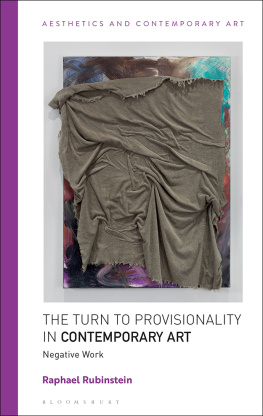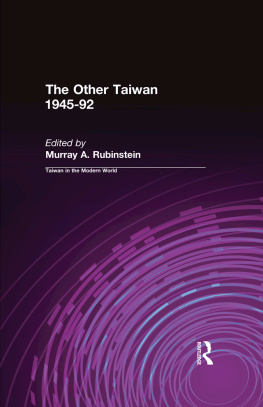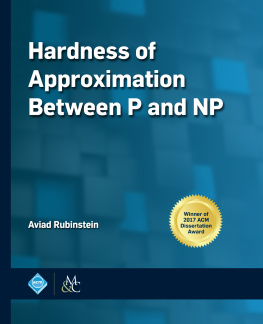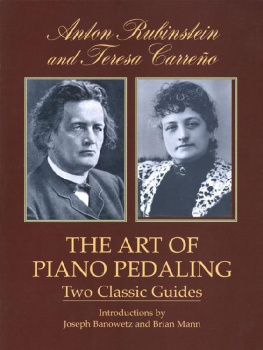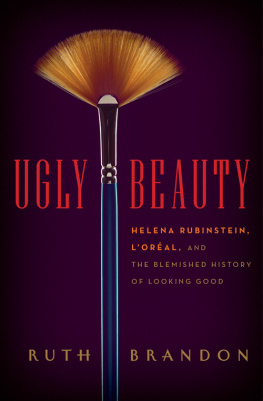The Turn to Provisionality in Contemporary Art
Aesthetics and Contemporary Art
Series Editors: Tiziana Andina and David Carrier
Philosophers and cultural historians typically discuss works of art in abstract terms. But the true significance of art for philosophy, and philosophy for art, can only be established through close analysis of specific examples. Art is increasingly being used to introduce and discuss problems in philosophy. And many works of art raise important philosophical issues of their own. But the resources available have been limited. Aesthetics and Contemporary Art, the first series of its kind, will provide a productive context for that indispensable enterprise.
The series promotes philosophy as a framework for understanding the study of contemporary arts and artists, showcasing researches that exemplify cutting-edge and socially engaged scholarship, bridging theory and practice, academic rigor, and insight of the contemporary world.
Editorial Board: Alessandro Arbo (University of Strasbourg, Fr.), Carla Bagnoli (University of Modena and Reggio), Leeza Chebotarev (Private Art Advisor), Paolo DAngelo (University of Roma Tre), Nol Carroll (CUNY), Diarmuid Costello (University of Warwick), Maurizio Ferraris (University of Turin), Cynthia Freeland (University of Houston), Peter Lamarque (University of York), Jonathan Gilmore (CUNY), Luca Illetterati (University of Padova), Gao Jianping (Chinese Academy of Social Sciences), Birte Kleemann (Michael Werner Gallery), Joachim Pissarro (CUNY), Sara Protasi (University of Puget Sound), Shen-yi Liao (University of Puget Sound), Ken-Ichi Sasaki (Nihon University), Elisabeth Schellekens (University of Uppsala), Vincenzo Trione (IULM, International University of Language and Communication, Milano).
Titles Published in the Series:
Aesthetics, Philosophy and Martin Creed, edited by Elisabeth Schellekens and Davide Dal Sasso
Aesthetic Theory, Abstract Art, and Lawrence Carroll, by David Carrier
Contemporary Chinese Art, Aesthetic Modernity and Zhang Peili, by Paul Gladston
Gaga Aesthetics, by Adam Geczy and Vicki Karaminas
Philosophical Skepticism as the Subject of Art, by David Carrier
The Changing Boundaries and Nature of the Modern Art World, by Richard Kalina
The Philosophy and Art of Wang Guangyi, edited by Tiziana Andina and Erica Onnis
The Turn to Provisionality in Contemporary Art
Negative Work
Raphael Rubinstein

For Heather
I can hear the heart beating as one
Contents
I would like to thank Art in America for permission to reprint the following articles:
Provisional Painting, May 2009
To Rest Lightly on the Earth, February 2012
Albert Oehlen: The Accidental Abstractionist, May 2015
Nahum Tevet: Sculptural Questions in the Domain of Painting, December 2016
Courtesy of Art Media, LLC Copyright 2009, 2012, 2015 & 2016 by Art Media, LLC. All Rights Reserved. Used by Permission.
Many thanks also to the museums and galleries that commissioned the following texts, portions of which are incorporated into these pages:
Nol Dollas Tainted Metaphors of Painting in Nol Dolla: lger vent de travers, Mac/Val, Vitry-sur-Seine, 2009
Amy Feldmans Condensed Poetics in Amy Feldman: High Sign, Blackston Gallery, New York, 2014
Pierre Buraglio: An Artist of the No Yes in Pierre Buraglio: Low Voltage, Muse dart moderne et contemporain de Saint Etienne, 2019
Five texts first appeared on my blog The Silo (thesilo.raphaelrubinstein.com)
Chris Reinecke: Let Sundaes Be Sundaes
Grard Gasiorowski: Fiction/Nonfiction
Rachel Hecker: The Throwaway Vanitas
Suh-se-ok: Freeing the Mark
Carmengloria Morales: Painted/Unpainted
Four texts are previously unpublished:
Painting the Stuckness
Weak Thought, Strong Painting
A Precarious Chain of Signifiers
In Glimpses: David Hammonss Tarp Paintings
The author thanks Mary Jo Bang and Graywolf Press for permission to quote from her poem Provisional Doubt as an Architectural Space.
I would also like to thank the editors I worked with at Art in America (Betsy Baker, Marcia Vetrocq, Lindsay Pollock, and Richard Vine) and to the many artists whose conversation and work inspired me. Last but not least, many, many thanks to the editor of this series, David Carrier, for initiating this project one evening in Brooklyn chez Phong Bui.
Raphael Rubinstein, November 2021
When we say something is provisional we imply that it will do for the time being, in lieu of some later more established form. We underline how the thing in question may be subject to change, that it is not definitive, that it has been created by making do with whatever resources are available. By this definition, there is no aspect of human civilization that isnt provisional, including, of course, every work of art, and every interpretation of every work of art. My use of the term in my writings on Provisional Painting is more limited, even as it encompasses many different kinds of painting, many different approaches to the medium. Ultimately what interests me are those paintings that acknowledge their own inevitable provisionality and make it their subject, or at least one of them.
Although my 2009 article Provisional Paintingthe point of departure for this bookchronicles its own genesis, noting how over the course of a year or so I became, as I put it, increasingly aware of a kind of provisionality within the practice of painting, it might be helpful for readers to have a more detailed and nuanced sense of the articles background. Useful for me, too, Im sure, so that I might understand a little better what were the sources I drew on, consciously or not, and how events in the larger world might have influenced me and the artists I was writing about.
At times provisional paintings (which I characterize in the article as works that look casual, dashed-off, tentative, unfinished or self-cancelling by artists who deliberately turn away from strong painting for something that seems to constantly risk failure or inconsequence) can seem practically synonymous with the experience of modernity. One of its first, and most
Three decades later, Charles Baudelaire published his essay The Painter of Modern Life in which he proclaimed: Modernity is the ephemeral, the fugitive, the contingent, the half of art whose other half is the eternal and the immutable (La modernit, cest le transitoire, le fugitif, le contingent, la moiti de lart, dont lautre moiti est lternel et limmuable). While the author of Les Fleurs du Mal had in mind chiefly the physical artifacts he felt typified his time, from clothes to steamships to particular kinds of facesaspects he urged contemporary painters to pay attention to rather than look to Old Masters for artistic lessonshis opposition of the contingent to the immutable speaks to qualities and conditions of modern art that go beyond paying attention to period fashions. Baudelaires tripartite formula could easily be appended to many of the works I describe as provisional.
Folded into Provisional Painting are numerous modes, styles, and situations. The term encompasses works that have been painted with deliberate casualness, alongside those featuring shoddy craft, self-sabotage, apparent absence of skill, flagrant disregard for the viewer or for the artists career, and the appearance of being left unfinished. Of course, the notion of the unfinished, or, more accurately, the redefinition of what constitutes a finished work has been a constant throughout the history of modern art (see To Rest Lightly on the Earth), and a cause for debate going back at least as far as Michelangelos
Next page
